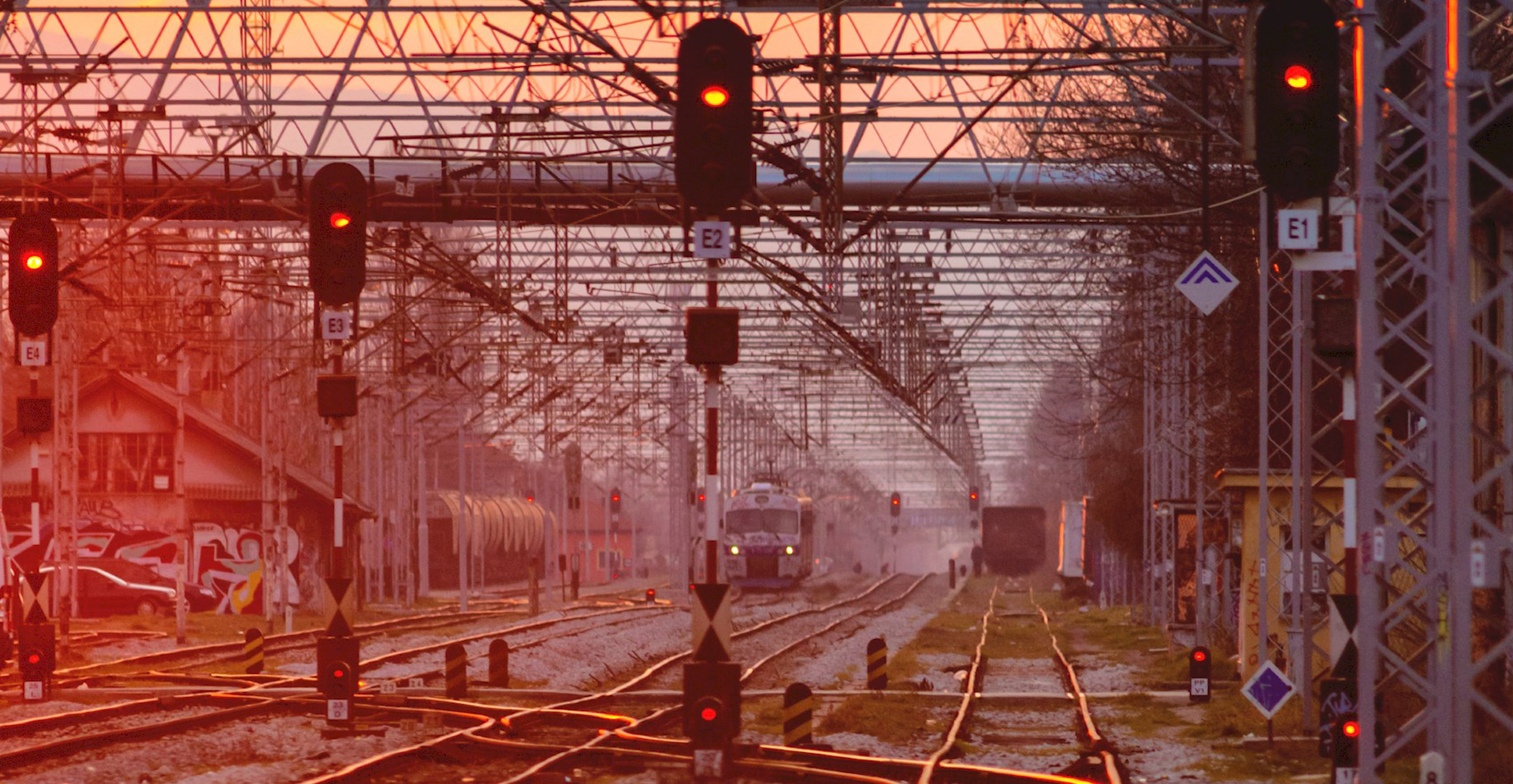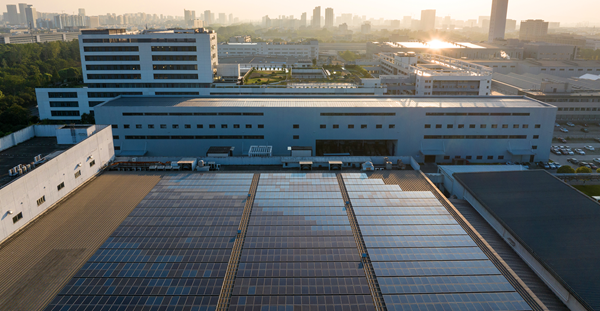Copper is everywhere. At home, for instance, meters of copper wires ensure that my lights work. Also, designer copper lamps, that give a feeling of warmth to a room, are rather fashionable items in contemporary interior design. Those lamps are usually expensive and, until a few months ago, I thought that was only because of their design. But I’ve learned that this assumption was not completely correct.
At the moment, copper is not a particularly rare commodity, but in 30-years’ time, when, worldwide, the copper mines are depleted, it will be. And this will have major consequences for many industries, our global economic ambitions, and the planned transition from fossil fuels to clean electricity.
Global demand for copper will only increase over time, as its supply wanes. You don’t need to be an economist to know that this means copper prices will increase. And, this is why the metal has become so appealing that some people will go to great lengths to steal it. In fact, here in the Netherlands, copper theft has already been the cause of train delays. So, if copper shortages are on the horizon, I started wondering if we couldn’t get smarter about how we use the copper already in circulation.
Rethinking the use of resources
ProRail is the company that maintains the Dutch railway infrastructure and one of our longstanding clients. Each year, ProRail holds a contest called Rail-Invent, where they do an open call for innovations. Arcadis decided to use this opportunity to address the problem of copper scarcity. Our questions were simple: How can we ensure that we use less copper and still have some left in 30 years? And how can we reuse it, so we can decrease the demand for newly mined or virgin copper?
ProRail’s need for copper is comparable to many other companies that maintain large networks, for instance the telecom industry. Many businesses use copper to conduct electricity and data over their networks. In order to gain insights into the magnitude of the problem, together with ProRail, we made an inventory of their assets to answer the following questions:
- Which of their systems contain copper?
- Which components in those systems are made of copper, and how much copper do they contain (the weight in kilograms)?
- How often are these components replaced?
- Are there alternatives for these copper components?
We discovered that ProRail uses an enormous amount of copper in its network. We’re talking millions of kilograms. Based on the assessments, we advised ProRail on additional steps they can take to make their copper use more circular or to change over to alternative materials. Annual virgin copper savings could reach as high as 35,000 tons, depending on which method ProRail chooses to make its copper use circular.
Understanding the full scope of the problem
And when you think that ProRail is just one of many similar companies, you realize that the scope of the problem is immense. At the same time, we discovered that we often mishandle copper. Designers of railways work according to the safety standards and protocols. Often, they can only choose from solutions that contain or proscribe the use of copper. Contractors hand in copper for re-use, but they are not being encouraged to use less. When looking for alternatives for copper, costs and CO2 reductions are usually the most important incentives. But focusing on these two aspects alone stops us from adopting a targeted approach, which addresses scarcity, environmental issues, and labor conditions in copper mines.
One thing that makes it difficult for these companies to use less copper is the fact that certain aspects of how they use the commodity are no-go areas. Take for instance the question of the utility and necessity of switch heating. Switch heating is a technique in which a significant amount of copper is used to heat up certain points in the rail network, so that train service can be maintained during cold and icy weather. Having an open discussion about whether this is wise, given copper scarcity, would be a good starting point. This does not mean that switch heating should be eliminated. It just means that this should be open to discussion. But, at least here in the Netherlands, anything that touches on the subject of potential train delays is a white-hot topic and businesses are loath to broach such issues.
This is too bad, as such conversations could lead to a broader approach to how we’re using copper, something which I think is needed. The problem is too big for ProRail and other network providers and infrastructure managers to solve on their own. Copper scarcity touches the entire global economy and requires global solutions. That said, in the absence of a global approach, it is important that individual businesses take steps to address this problem. But, unfortunately, it’s far too easy for companies to conclude that this isn’t really their problem to solve.
Partnering up for big impact
Despite these challenges, I am optimistic and convinced that if we can bring relevant parties together, we can make a huge difference, through many smaller initiatives and projects. That is why I encourage everybody, including you, to talk about copper scarcity, in your personal and business lives. And, if you happen to work for a company that uses a lot of copper, look for solutions and for others in the industry, with whom you can partner to make a difference. Share knowledge and experiences actively amongst one another. In particular, dare to experiment with the use of alternative materials, which are more durable and have longer lifespans. And whenever possible recycle materials, especially copper.
Now that I’m more aware of how scarce copper is becoming, when I work on relevant projects, I ask – ‘Can this be done with less copper?’. And at home, I am no longer tempted to purchase a copper designer lamp. Who’s willing to join me in reducing our use of copper?






